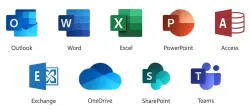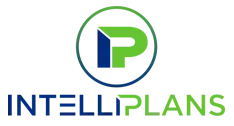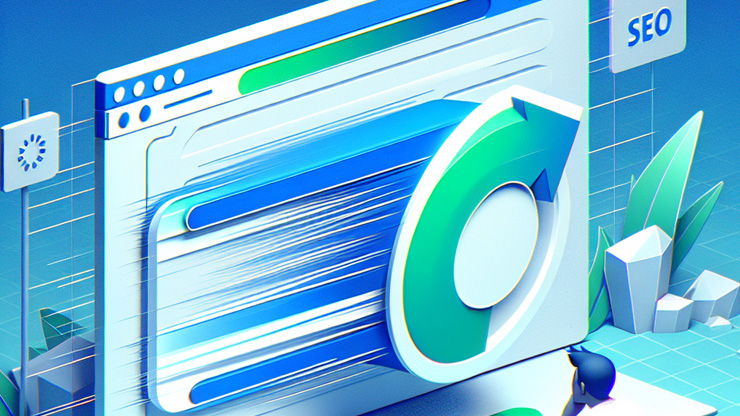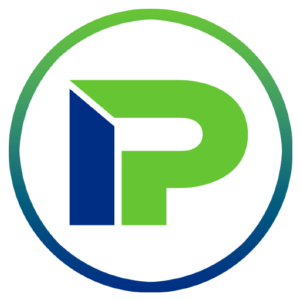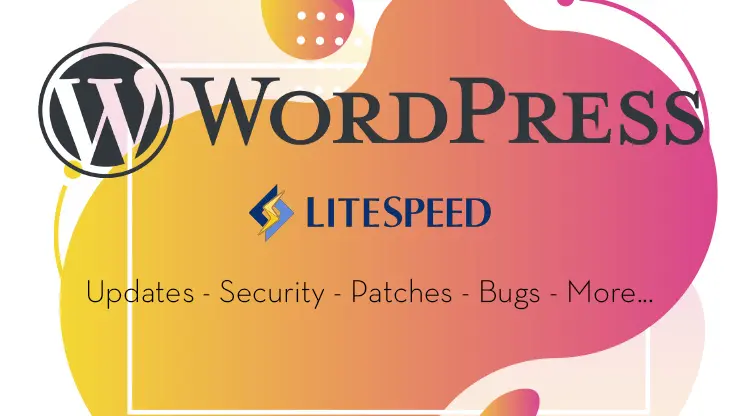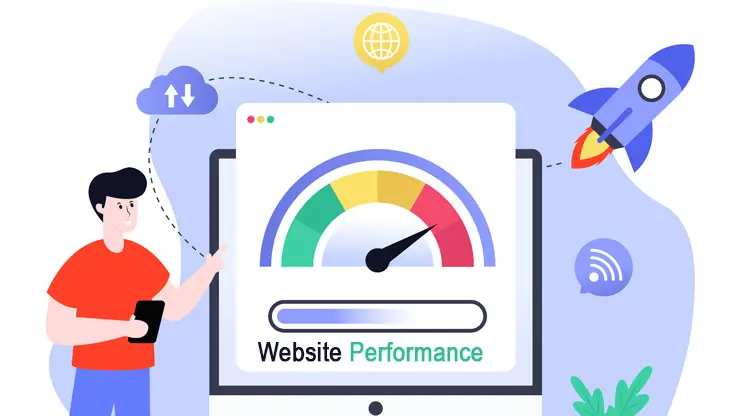To improve the Largest Contentful Paint (LCP) time for the element identified in your Google PageSpeed Insights report, you can consider the following optimizations:
Optimize Images:
- Compress images using formats like WebP or JPEG XR.
- Use responsive images to serve different image sizes based on the device.
Use a Content Delivery Network (CDN):
- Serve your images and other static resources via a CDN to reduce the load time by delivering content from servers closer to the user.
Preload Key Resources:
- Use the
link rel="preload"attribute in the HTML to preload critical resources like large images.
Minimize CSS and JS Blocking Time:
- Reduce the size of CSS and JavaScript files.
- Defer non-critical JS or load it asynchronously.
- Inline critical CSS directly in the HTML.
Lazy Load Offscreen Images:
- Implement lazy loading for images that are not immediately visible on page load.
Our goal is to organize the world’s information and make it universally accessible and useful. Speed is critical in that mission.
Larry Page
Optimize Server Response Time:
- Ensure your server responds quickly by optimizing database queries and using efficient server-side processes.
Reduce Third-Party Scripts:
- Limit the use of third-party scripts, which can increase load times.
Use Efficient Caching:
- Set appropriate caching headers to store resources locally and reduce retrieval time on subsequent visits.
By implementing these strategies, you should be able to improve your LCP, leading to a faster page load time and a better user experience.

